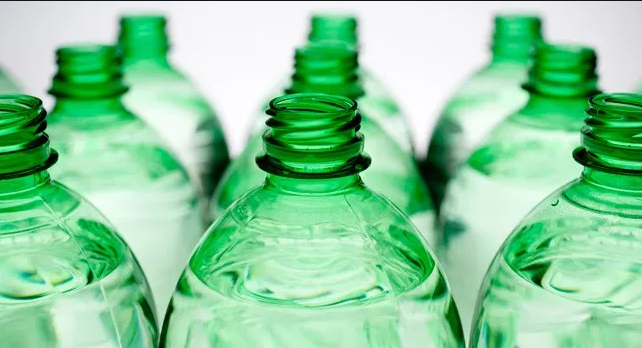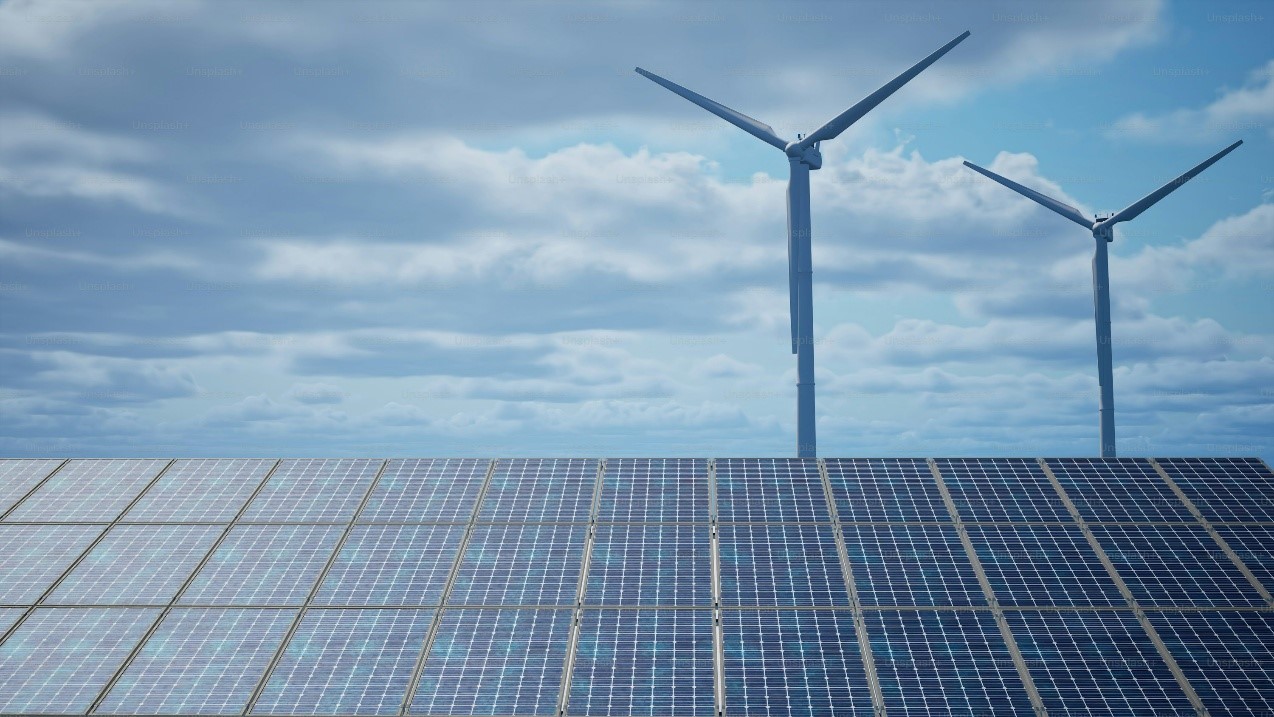
The report states that due to environmental concerns, such as carbon dioxide emission, water pollution, and toxic waste, governments have enforced regulations for the use of conventional plastic, encouraging the market growth of bioplastics, although they can come with high production costs and those derived from polylactide (PLA) can be hard to recycle. Bio-PET material accounted for 66% of revenue in the global bioplastics market in 2019, followed by PLA and PLA blends.
The report finds that nanotechnology-based bioplastic, which can ensure strength, barrier properties, durability, product safety, monitor food spoilage and improve the performance of bioplastics, is contributing to bioplastics market growth in the food and beverage packaging industry , with COVID-19 hindering global market growth until 2021.
The report cites the adoption of bioplastics to produce bags for agricultural foils, compost, nursery products, horticultural products, textiles and electronics such as headphones, mobile phone casings, touch screens, laptops, loudspeakers, keyboards and games consoles as one of the key trends driving market growth. Conventional plastic replaced by bioplastics in disposable cups, plates, food containers, electronic device covers, circuit boards and semiconductor casings is also a contributing growth factor.
The report lists BASF, Braskem, DSM, Arkema, Innovia Films, Metabolix, NatureWorks, Novamont, The Dow Chemical Company, and Total Corbion PLA as key players operating in the global bioplastics market. Braskem supplied LEGO Group with its “I’m green” polyethylene, a certified plastic derived from sugarcane ethanol and Dow and BioLogiQ have collaborated to explore enhanced sustainable plastic options.







